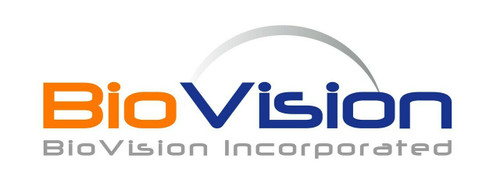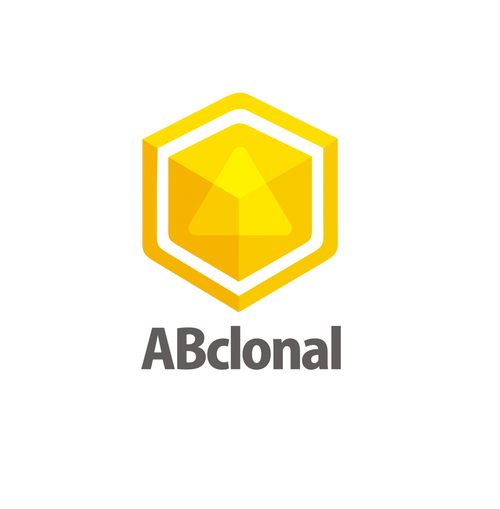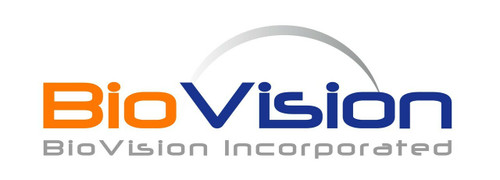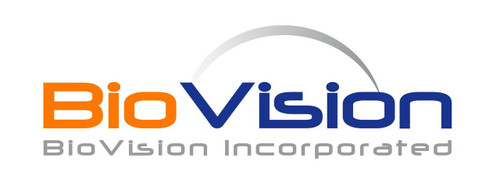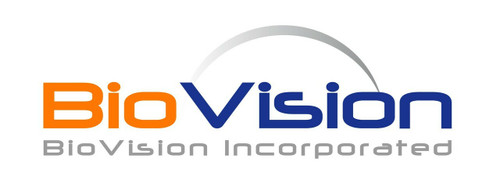Product Description
Carbonic anhydrases (CAs) are a large family of zinc metalloenzymes that catalyze the reversible hydration of carbon dioxide. They participate in a variety of biological processes, including respiration, calcification, acid-base balance, bone resorption, and the formation of aqueous humor, cerebrospinal fluid, saliva, and gastric acid. They show extensive diversity in tissue distribution and in their subcellular localization. CA14 is predicted to be a type I membrane protein and shares highest sequence similarity with the other transmembrane CA isoform, CA XII; however, they have different patterns of tissue-specific expression and thus may play different physiologic roles. Recombinant human CA14 protein, fused to His-tag at N-terminus, was expressed in E. coli and purified by using conventional chromatography techniques.
Biovision | P1582 | Carbonic Anhydrase XIV/CA14, Human Recombinant DataSheet
Biomolecule/Target :
Synonyms: Carbonic anhydrase 14, CAXiV
Alternates names: Carbonic anhydrase 14, CAXiV
Taglines: Zinc metalloenzymes that catalyze the reversible hydration of carbon dioxide.
NCBI Gene ID #: 23632
NCBI Gene Symbol: CA14
Gene Source: Human
Accession #: Q9ULX7
Recombinant: TRUE
Source: E. coli
Purity by SDS-PAGE: >85%
Assay: SDS - PAGE
Purity:
Assay #2:
Endotoxin Level:
Activity (Specifications/test method): > 700 pmol/min/ug
Biological activity:
Results:
Binding Capacity:
Unit Definition: One unit is is defined as the amount of enzyme that hydrolyze 1.0 pmole of 4-nitrophenyl acetate to 4-nitrophenol per minute at pH 7.5 at 37°C.
Molecular Weight: 33.2 kDa (298aa) (N terminus His-Tag)
Concentration:
Appearance: Liquid
Physical form description: In 20 mM Tris-HCl buffer (pH 8.0) containing 0.15 M NaCl, 10% glycerol, 1 mM DTT
Reconstitution Instructions:
Amino acid sequence: aa 16-290
Handling: Centrifuge the vial prior to opening.
Usage: For Research Use Only! Not to be used in humans
 Euro
Euro
 USD
USD
 British Pound
British Pound
 NULL
NULL



